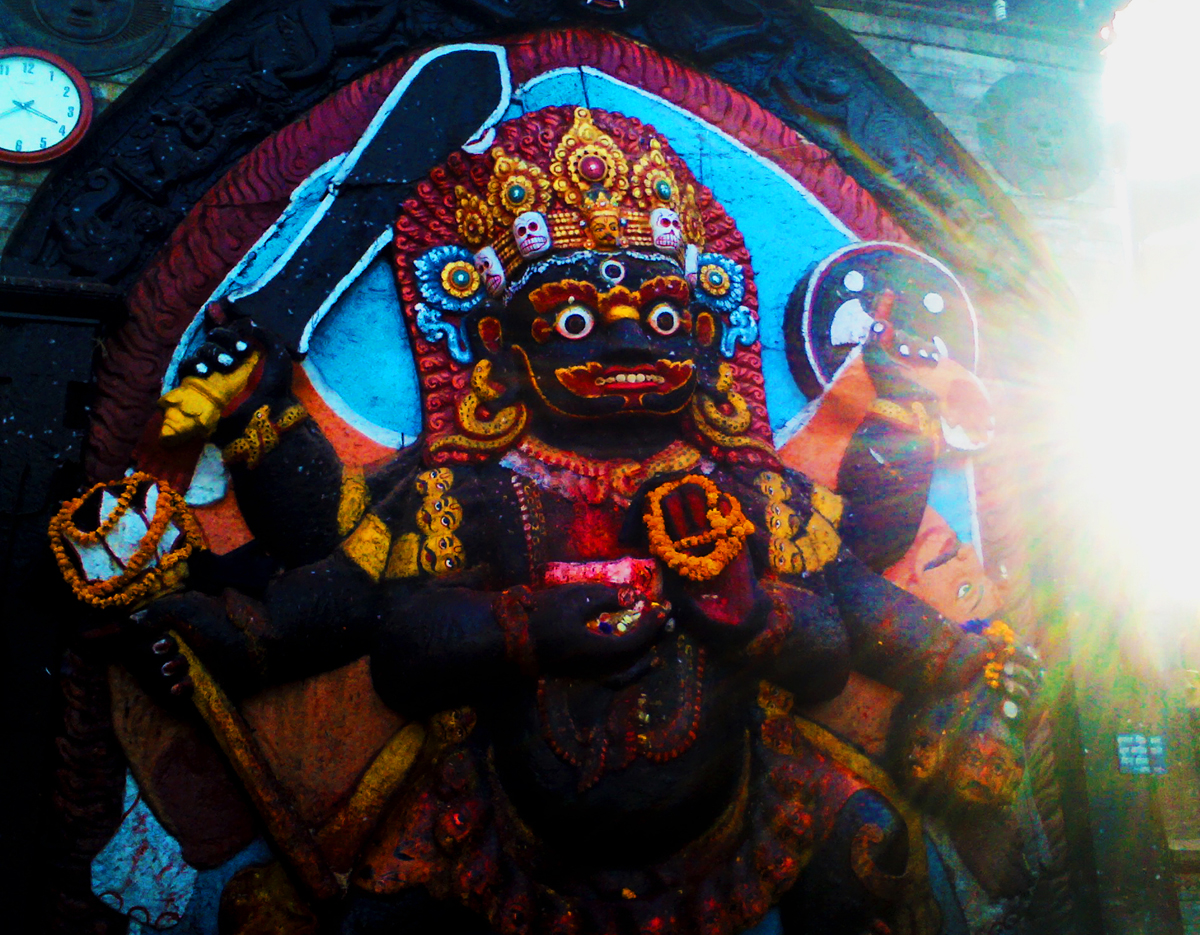Shivnetra on:
[Wikipedia]
[Google]
[Amazon]
The Shivnetras are an almost extinct community which originated from 
Varanasi
Varanasi (; ; also Banaras or Benares (; ), and Kashi.) is a city on the Ganges river in northern India that has a central place in the traditions of pilgrimage, death, and mourning in the Hindu world.
*
*
*
* The city has a syncretic t ...
in Northern India
North India is a loosely defined region consisting of the northern part of India. The dominant geographical features of North India are the Indo-Gangetic Plain and the Himalayas, which demarcate the region from the Tibetan Plateau and Central ...
. Similar to the Kshatriya
Kshatriya ( hi, क्षत्रिय) (from Sanskrit ''kṣatra'', "rule, authority") is one of the four varna (social orders) of Hindu society, associated with warrior aristocracy. The Sanskrit term ''kṣatriyaḥ'' is used in the co ...
s but somewhat more controversial in social context
The social environment, social context, sociocultural context or milieu refers to the immediate physical and social setting in which people live or in which something happens or develops. It includes the culture that the individual was educate ...
,
the Shivnetras are almost extinct today due to the widespread relocation and displacement of the community.
The word "Shivnetra" translates into "Lord Shiva's third eye", and the first Shivnetra is born out of Shiva
Shiva (; sa, शिव, lit=The Auspicious One, Śiva ), also known as Mahadeva (; ɐɦaːd̪eːʋɐ, or Hara, is one of the principal deities of Hinduism. He is the Supreme Being in Shaivism, one of the major traditions within Hin ...
's third eye as a ''Swayambhu
Swayambhu ( sa, स्वयंभू) is a Sanskrit word that means "self-manifested", "self-existing", or "that is created by its own accord".
Often, the word swayambhu is used to describe a self-manifested image of a deity, which was not made ...
'' (or self manifested) which largely points out to be the Hindu deity Kartikeyya or Kal Bhairav
Bhairava (Sanskrit: भैरव ) or Kala Bhairava is a Shaivite and Vajrayāna deity worshiped by Hindus and Buddhists. In Shaivism, he is a powerful manifestation, or avatar, of Shiva associated with annihilation. In Trika system ''Bhairava ...
as the first Shivnetra. Temples which have been closely linked with this community had either Kartikeyya or Kal Bhairav as a sub-deity with Shiva as the main deity. The ''netras'' were believed to have been heavily guarded by Aghoris of both Ujjain and Varanasi almost akin to a secret society
A secret society is a club or an organization whose activities, events, inner functioning, or membership are concealed. The society may or may not attempt to conceal its existence. The term usually excludes covert groups, such as intelligence ...
, until the great migration to South India
South India, also known as Dakshina Bharata or Peninsular India, consists of the peninsular southern part of India. It encompasses the States and union territories of India, Indian states of Andhra Pradesh, Karnataka, Kerala, Tamil Nadu, and T ...
commenced.

Shivnetra mythology
An inscription in Varanasi gives some account:Southern sojourn
The Shivnetra migration, which started from Varanasi, went through Ujjain, where it is said to have passed Rameshwaram (a temple dedicated to Ujjain Kali is found here, besides that of Shiva), and ended in Trichirapalli and Tanjore. The Shivnetras were sipped into royal appointments by theChola Empire
The Chola dynasty was a Tamils, Tamil thalassocratic Tamil Dynasties, empire of southern India and one of the longest-ruling dynasties in the history of the world. The earliest datable references to the Chola are from inscriptions dated ...
and formed an integral part of King Raja Raja Chola's court as ministers of defence, treasury and spirituality.
Contribution to society
A Shivnetra is never allowed to accept any form of offering (money, valuable articles) known as ''dakshina'' from anyone for conducting ''puja
Puja or Pooja may refer to:
Religion
*Puja (Hinduism), a ritual to host, honor or of devotional worship, or one to celebrate an event
* Puja (Buddhism), expressions of honour, worship and devotional attention
* Puja, a wooden stick, sometimes lea ...
'', instead recommends multiple non-religious work in its community to have resources in the form of food or money.
Shivnetras contribution to astronomy, astrology and mathematics were impeccable, and championed their own ephemerids and equinoxes based on the ''Vaakya'' calculation method, mentioned in Puranas
Purana (; sa, , '; literally meaning "ancient, old"Merriam-Webster's Encyclopedia of Literature (1995 Edition), Article on Puranas, , page 915) is a vast genre of Indian literature about a wide range of topics, particularly about legends an ...
, to be guided by the Indian sage Agastya
Agastya ( kn, ಅಗಸ್ತ್ಯ, ta, அகத்தியர், sa, अगस्त्य, te, అగస్త్యుడు, ml, അഗസ്ത്യൻ, hi, अगस्त्य) was a revered Indian sage of Hinduism. In the I ...
.
Shivnetra evolution
Shivnetras today are only identified with their surname whilst some Shaiva have been completely dissolved into other castes making them completely extinct. Shivnetras re-established their roots inVaranasi
Varanasi (; ; also Banaras or Benares (; ), and Kashi.) is a city on the Ganges river in northern India that has a central place in the traditions of pilgrimage, death, and mourning in the Hindu world.
*
*
*
* The city has a syncretic t ...
over the past century.
The Panchaloga bangle (a semi open bangle made out of gold, silver, copper, lead and iron) found on a Shivnetra male's left hand is forever associated with them, and a Shivnetra is usually associated by it throughout India.
References
{{Reflist Shaivism Ethnic groups in India